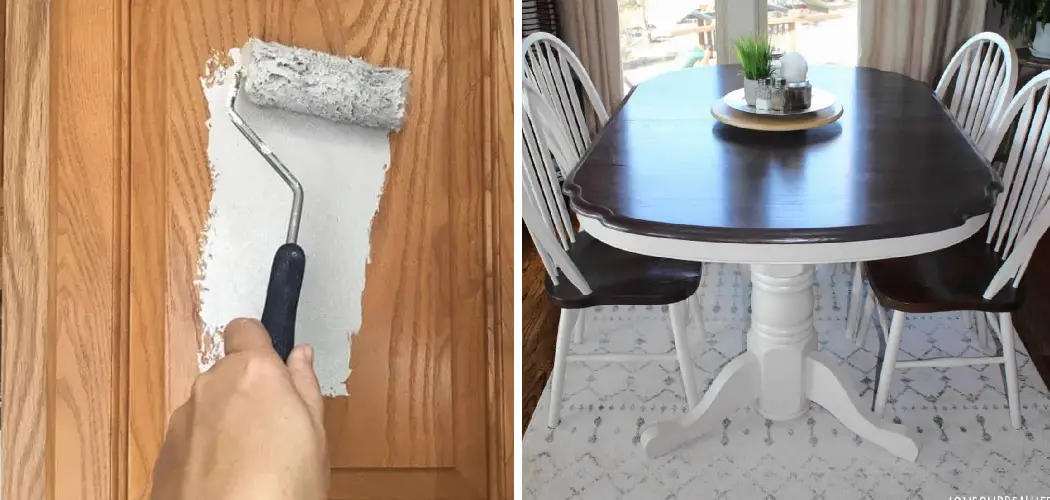Are you looking for a simple, cost-effective way to spruce up an old kitchen table? Painting is one of the easiest and least expensive ways to transform any furniture and give it new life. But what if there was a way to paint your kitchen table without having to sand down all the surfaces? Well, lucky for you, there is!
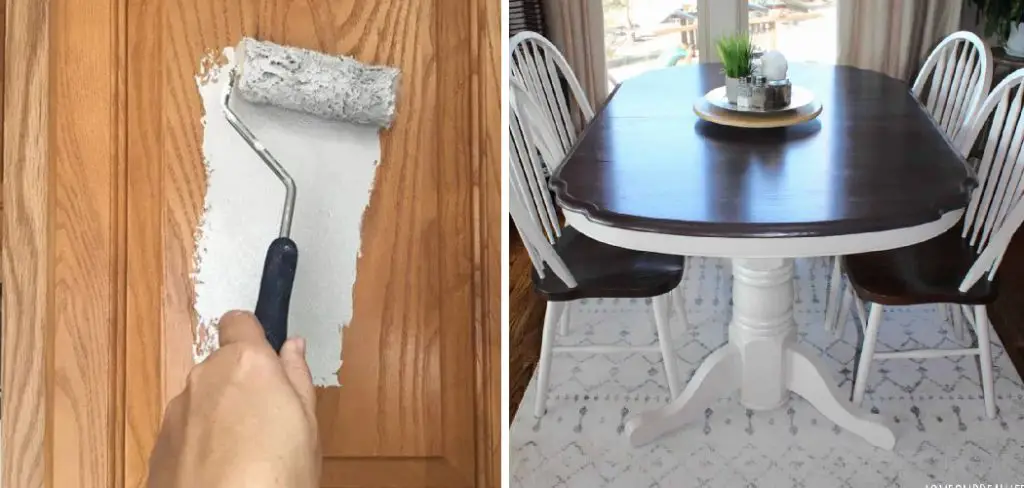
With our helpful tips, we’ll show you how to paint a kitchen table without sanding—without any complicated tools or techniques. Keep reading if you want insight on how to get started with this fun DIY project that anyone can do!
Supplies You Will Need to Paint a Kitchen Table Without Sanding:
- Primer or paint with built-in primer
- Paintbrushes (angled brush, small brush for details)
- Painter’s tape
- Drop cloth
- Cleaning supplies (soap and water, degreaser)
- Tack cloth (for dusting off debris)
Step-by-step Guidelines on How to Paint a Kitchen Table Without Sanding
Step 1: Prepare the Surface
Before starting any painting project, it’s important to properly prepare the surface. This means cleaning off any dirt, grime, or grease that may have accumulated on your kitchen table. You can use a mild soap and water solution or a degreaser for tougher stains. Once the surface is clean and dry, use a tack cloth to remove any remaining debris.
Step 2: Protect Surrounding Areas
To avoid getting paint on any surrounding areas, use painter’s tape to cover the edges of your kitchen table. You can also lay down a drop cloth to protect your floors from any potential drips or spills. This will make for an easier cleanup later on. If your kitchen table has any intricate details or areas that you don’t want to paint, use painter’s tape to cover those as well.
Step 3: Prime the Surface (Optional)
Depending on the type of paint you are using, you may want to prime your kitchen table before painting. If you are using a paint with built-in primer, this step can be skipped. However, if you are using a separate primer, apply it evenly over the entire surface of your kitchen table. This will ensure that the paint adheres properly and gives a smooth finish.
Step 4: Paint Away!
Using a high-quality angled brush, start painting your kitchen table in long, even strokes. Be sure to cover all surfaces evenly, including the legs and any details. For smaller areas or intricate details, use a small brush to get into tight spaces. Depending on the type of paint you are using, you may need to apply multiple coats for full coverage. Be sure to let each coat dry completely before applying the next one.
Step 5: Let it Dry and Cure
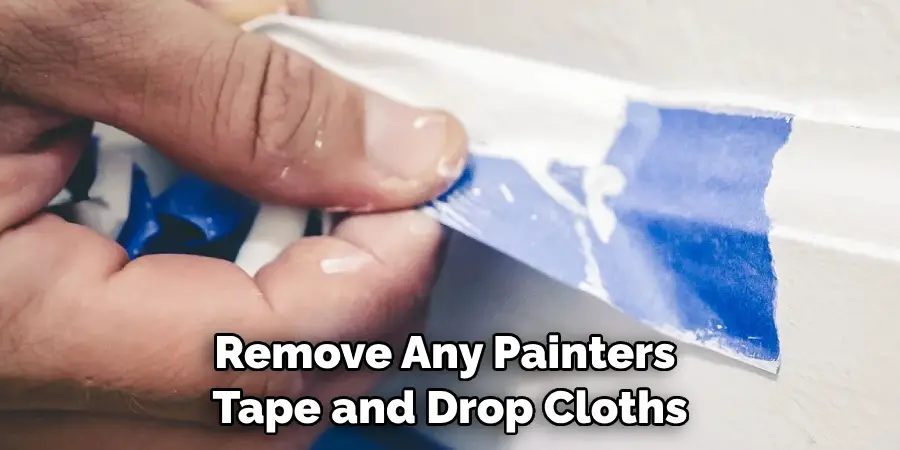
After all your desired layers of paint have been applied and have dried, leave your kitchen table untouched for at least 24 hours. This will allow the paint to fully cure and harden, creating a durable finish. Once the paint is fully cured, you can remove any painter’s tape and drop cloths. Make sure to clean up any messes or drips before they dry and become more difficult to remove.
And voila! You now have a beautifully painted kitchen table without having to go through the tedious process of sanding. This method is not only time-saving but also budget-friendly as it eliminates the need to purchase expensive sanding tools. So go ahead and give your kitchen table a new look with this easy, no-sanding painting technique! So why wait? Gather your supplies and start transforming your kitchen table today. Happy painting!
Additional Tips and Tricks to Make Your Painted Kitchen Table Last
- If you are using water-based paint, it’s important to let the paint cure for at least 1-2 weeks before subjecting it to heavy use. This will ensure that the paint has fully hardened and will be less likely to chip or peel.
- To protect your painted kitchen table from scratches, consider using a clear coat on top of the paint. This will act as an extra layer of protection and can easily be reapplied every few months as needed.
- Another way to protect your painted kitchen table is by using a tablecloth or placemat when eating. This will prevent any spills or scratches from damaging the paint and will also add a decorative touch to your dining area.
- To keep your painted kitchen table looking fresh and clean, regularly wipe it down with a damp cloth. Avoid using harsh chemicals or cleaners that could potentially strip off the paint.
- If you do happen to get a scratch on your painted kitchen table, don’t panic! You can easily touch up the paint with a small brush and some matching paint. Just be sure to let it dry completely before using the table again.
- In order to maintain the beauty of your painted kitchen table, avoid placing hot dishes or pots directly onto the surface. Always use a trivet or pot holder to protect the paint from heat damage.
- Lastly, don’t be afraid to experiment with different painting techniques and designs on your kitchen table. This is a great opportunity to add your own personal touch and make it truly unique.
Following these tips and tricks will help ensure that your painted kitchen table stays beautiful and durable for years to come. Remember, with proper care and maintenance, you can enjoy your newly painted kitchen table without the hassle of sanding. So grab your paintbrush and get ready to transform your dining area! Happy painting!
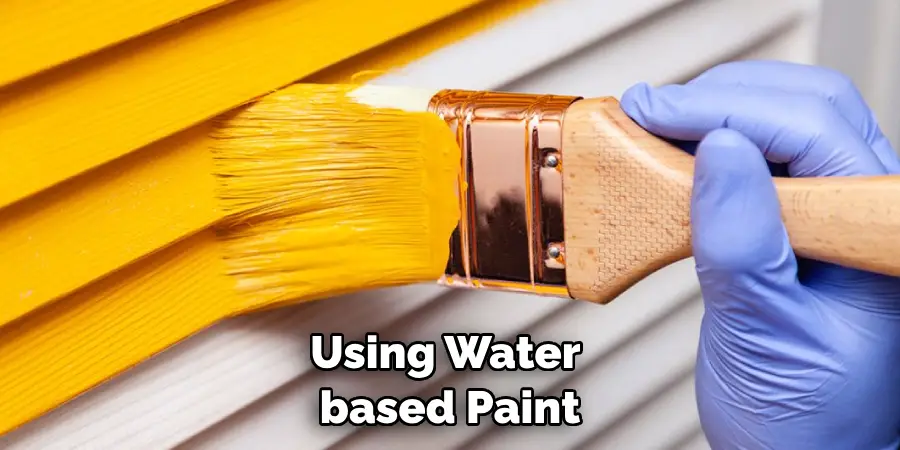
Things You Should Consider to Paint a Kitchen Table Without Sanding
1. Choose the Right Type of Paint:
The type of paint you choose is crucial when it comes to painting a kitchen table without sanding. You will need paint that is durable and can withstand daily wear and tear, spills, hot dishes, and more. The ideal paint for this type of project would be a high-quality oil-based or enamel-based paint. These types of paints are known to be very durable and easy to clean.
2. Clean the Table Thoroughly:
Before you start painting, it’s important to clean the table thoroughly. This will ensure that there is no dirt or grime left on the surface, which can affect the paint’s adhesion. You can use a mild detergent and warm water to clean the table, followed by rinsing and drying it completely. This step is especially important if your table has any kind of finish on it.
3. Use a Primer:
Using a primer can help the paint adhere better to the surface and also provide a smooth base for the paint. It’s recommended to use an oil-based or enamel-based primer that is specifically designed for furniture. Make sure to follow the instructions on the primer carefully before applying it to the table.
4. Choose the Right Tools:
Having the right tools is essential when painting a kitchen table without sanding. You will need good-quality paintbrushes, rollers, and trays for a smooth and even application of paint. It’s also recommended to have some clean rags or paper towels on hand to wipe away any drips or spills.
5. Apply Multiple Coats:
To achieve a professional-looking finish, it’s important to apply multiple thin coats of paint rather than one thick coat. This will not only ensure better coverage but also prevent drips and brush marks on the table. Make sure to allow each coat to dry completely before applying the next one. This may take a few hours to a day, depending on the type of paint you’re using.
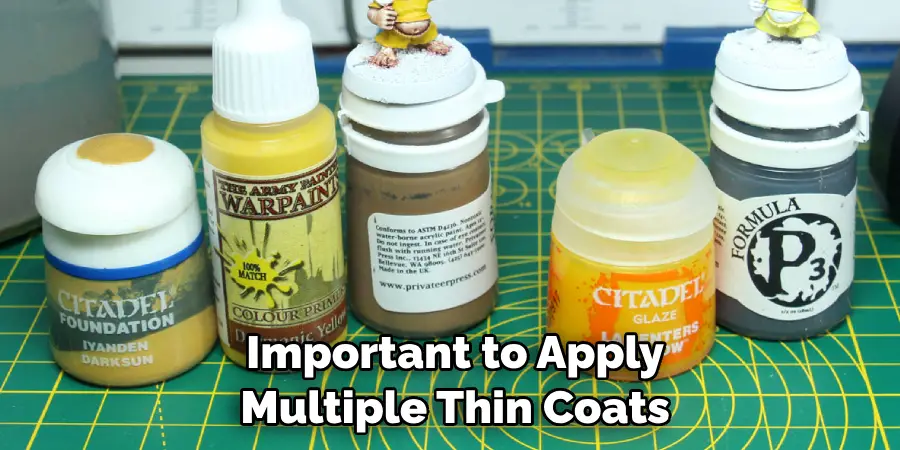
6. Let the Paint Cure:
Once you have applied all the coats and achieved your desired finish, it’s important to let the paint cure properly. This process can take anywhere from a week to a month, depending on the type of paint and environmental conditions. Avoid using the table until the paint has fully cured to prevent any damage.
7. Regular Maintenance:
To keep your newly painted kitchen table looking fresh and new, it’s important to maintain it regularly. Use a mild cleaner and warm water to wipe down the surface after each use, and avoid using harsh chemicals or abrasive scrubbers. This will help preserve the paint’s finish and ensure the longevity of your project.

Following these considerations and tips will help you achieve a beautifully painted kitchen table without the hassle of sanding. With the right materials, tools, and techniques, you can transform your old and worn-out table into a stunning centerpiece for your kitchen. So why wait? Get started on your project today! Happy painting!
Conclusion
Painting a kitchen table without sanding is an easy and cost-effective alternative to replacing or refinishing the table. You can save time, money, and guarantee satisfaction for a fraction of the investment. As long as you diligently lay out the necessary materials, do adequate prep work, and utilize the correct technique for painting the table, you will be rewarded with a renewed kitchen staple that looks like it came from a professional furniture showroom.
For best results, opt for high-quality paint techniques such as brushwork or airbrush and take your new kitchen look up another notch with creative designs or stencils. So don’t be intimidated by the prospect of undertaking this project – instead, see it as an opportunity to spruce up your space with minimal effort! And if you ever need more direction on How to Paint a Kitchen Table Without Sanding, never hesitate to turn to our blog post for reference.

